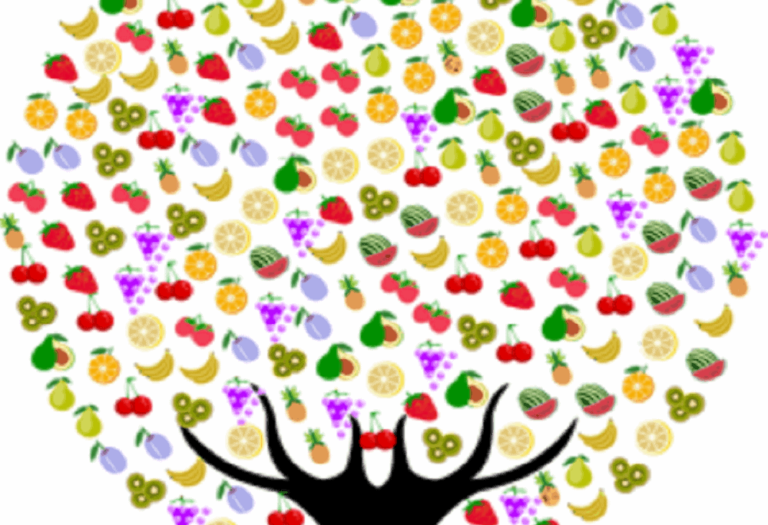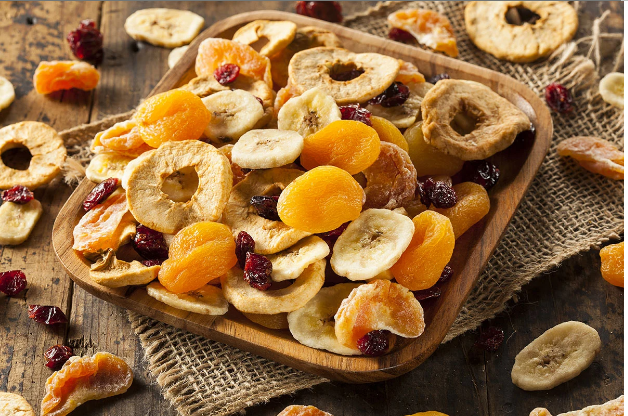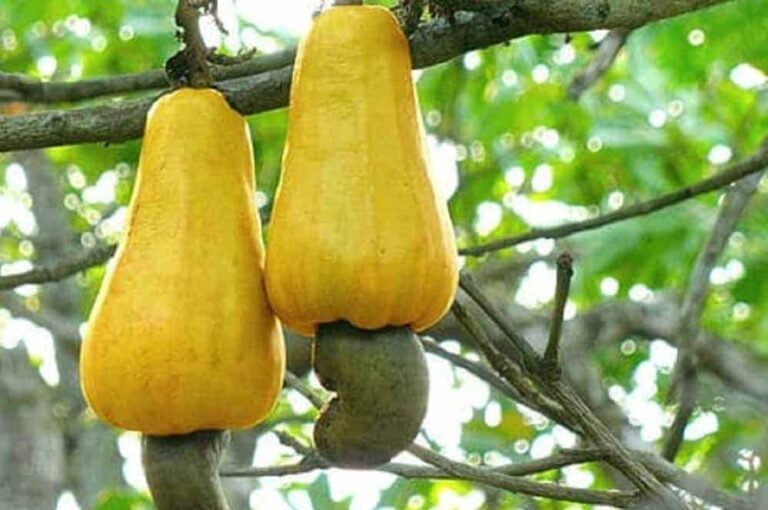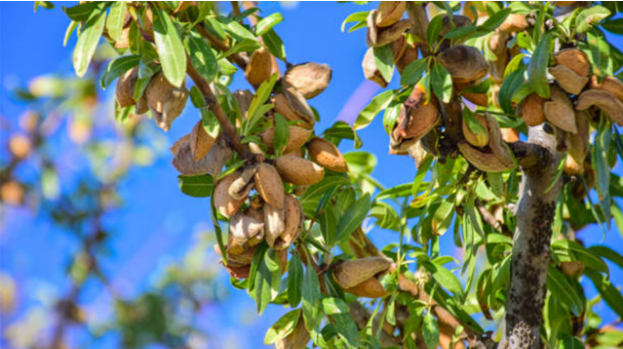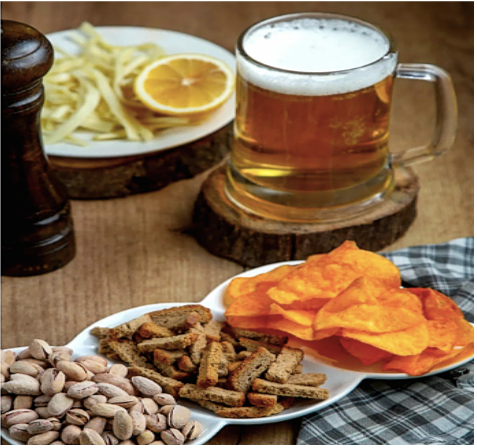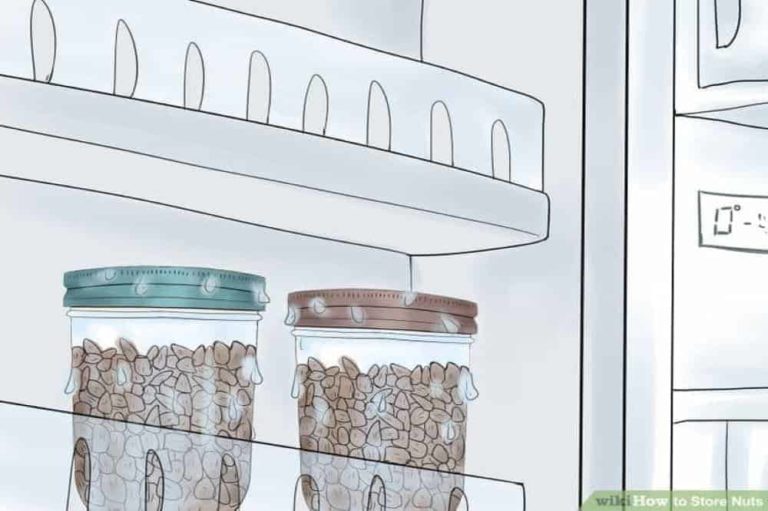Your cart is currently empty!
Learn How A Farmer Is Growing Hazelnut Tree Root
Taken From a Lecture By Peter Haarmann.
Get American hazelnuts because they are Eastern Filbert Blight resistant. They say that this nut came from Asia. Flown across the Pacific Ocean. Then spread this way. So, it’s evolved here where it has gotten the fungus and adapted to it. Whereas the European hazelnut, a giant nut that the colonists brought over from Europe, plants were all dead within a very short time. You can take American hazelnuts, grow rootstock, and put any of the walnut species on it. You can put any one of the hazelnut species on American hazelnut rootstock. That’s what I’m doing by gathering the seed.
The Gasaway Gene Tree
The Oregon cultivars took about 17 years to develop through cross-breeding one thing. They have identified the ‘Gasaway’ gene. The Eastern Filbert Blight hit the West Coast of the United States, and the infection struck the hazelnut orchards. The United States produces about 5% of the world’s bulk hazelnut crop, which was wiped out in the orchards. Only one tree stood there alive in the middle of a field of dead trees. That now carries the name of the ‘Gasaway Gene Tree’.
Gene And Breeding The Right Hazelnut Tree
What Oregon has done is they’ve been breeding, cross-breeding, using that tree as the feedstock. Over the years, come up with disease-resistant Eastern Filbert Blight tree cultivars. But it’s more than a disease. In the city of Corvallis, Oregon, at the University of Oregon, Corvallis breeds nuts that have commercial value for taste, size, shape, and resistance to disease. Not all of their cultivars are disease-resistant. One of the things that Tom Molnar, from Rutgers University, learned is that different races of the fungus kill hazelnuts. You can get an Oregon species disease-resistant tree and plant it here on the Eastern seaboard, but it may not be disease-resistant. This principle works the other way around.
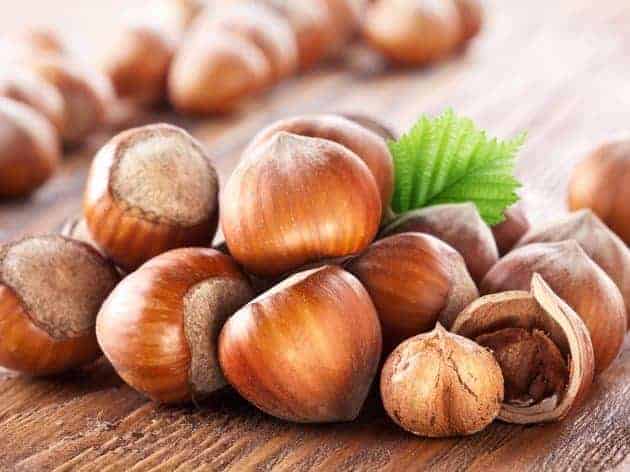
One thing that Tom Molnar from Rutgers University learned is that there are different races of the fungus that kill hazelnuts. You can get an Oregon species disease-resistant tree and plant it here on the Eastern Seaboard, and it may not be disease-resistant. This principle works the other way around.
Both the University of Oregon in Corvallis and Rutgers University in New Jersey is doing are trying to create a more diverse pool where a hazelnut cultivar will have several disease-resistant genes in it. That’s the second level at which this scientific exploration is going.
How To Notice Disease During Hazelnut Tree Cultivation
On my land, I have planted Dorris, that’s a name of a cultivar and Yamhill. I did plant some Jefferson. Jefferson on my property has gotten the disease but it hasn’t killed the tree. If you were to look at a twig on a hazelnut plant, you will see what looks like a bunch of black, football-shaped, I’ll use the term pustules and they appear on the bark in a row. Like blackbirds up on a wire along the highway. That is evidence of those fruiting bodies. A tree takes a couple of years after exposure to the fungus before it actually reveals whether or not it has the infection.
Ferrero Rocher
Let’s look at the seeds. It’s roundish. Ferrero Rocher, the confectionery company, wants round hazelnuts because they mechanically crack them and they fit nicely in between rollers that are going opposite directions and it cracks the nut. Ernie Grimo is a producer of disease-resistant hazelnut plant materials up on Lake Niagara, just opposite Niagara Falls, in Ontario.
Many of his plant materials are from the 1930s. He has some of the stuff developed by George Slate, who was at the Geneva, New York experiment station. So, I’ve even got some of Ernie’s materials because I don’t want a negative culture on my farm. Hazelnut cultivation is still in its infancy. We are still determining what will be a great plant 20 years from now. So, I try to have this mixture on my property. There is plenty of cross-pollination.
From a seedling for the first two years of a tree’s life. If you took that nut and planted it, the first two years are just the growing hazelnut tree root development. That’s the most important thing. You’re not looking for stem growth and if you have a grafted scion wood on rootstock, the grafted scion wood thinks that it’s an older tree and it may be sexually mature. If you start to worry about developing nuts, then you’re sapping all the sugar away from the tree itself, and it’s not producing a growing hazelnut tree rootstock.
Grafted A Growing Hazelnut Tree To The Root Stock
The best practice is when you have grafted material on the rootstock to go around and knock off the nutlets. You want to get that foundation established in your tree. After the second year, going into the third year, that’s when I started to see massive growth in my trees. My soil is a sandy loam, but, it’s also a true loam. It’s not sand.
Long Island is the result of a glacial dump and the soil has a lot of alluvial fine particles. Great for holding moisture but not wet. You know, I don’t have any wet feet on my property. And then I have a matter of sand in there and I have clay. Okay? And it’s probably equal proportions, so I have highly desirable agricultural land where I am. On the North Fork versus the South Fork, that’s where they call the terminal moraine.
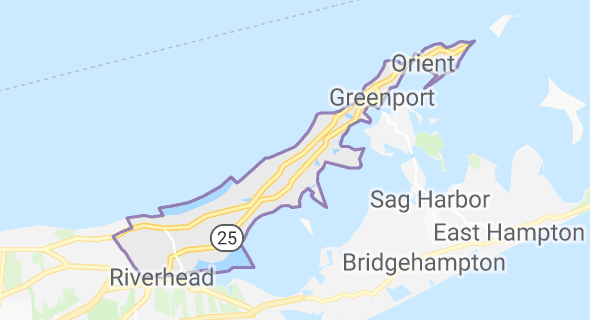
That was where the glacier stopped, did its dump, and then everything south of me is outwash plane. So you end up with very sandy soil. Okay, so I’m in an agricultural zone. My farm has a listing as a USDA producer and I have an Ag Exemption for the taxes on my land. That affords me to do what I’m doing. Because the taxes would be out of this world.
You could never justify farming out there because land values are extremely high on Long Island. There’s a big round scar on the husk of the hazelnut. Farmers are referring to this as the ‘Base Of The Nut’. That’s where the attachment is to the tree within a husk.
The Husk Of The Hazelnut
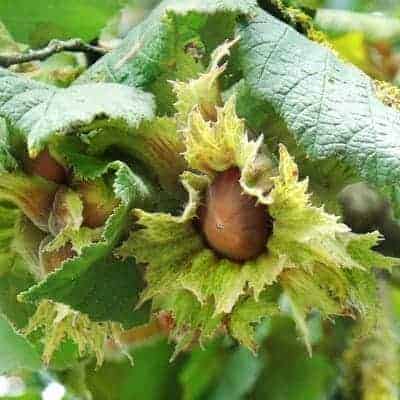
Now, the husk is not like the husk on pecan walnut or hickory. It encases it like the black walnut, where it’s a softball on a tree. This husk is leafy. Some even look like trumpets, and the hazelnut is down inside as the nut is fed. You have a hazelnut attached in the center. The husk and all the leaves around it. All the nutrients acting as the umbilical cord work to feed the kernel at that scar point on the nut.
When do you know if it’s ripe?
The nut attached to a growing hazelnut tree root will be white in color. Eventually, the hazelnut starts to become mature, then turns brown. Now, when do you pick it? If you pick immature nuts and plant them, then they will not grow. So you have to pick them when they’re brown or almost brown.
If you take your thumb, you might know about a butane lighter. You spin that little wheel. If you put your fingers around the cluster, there are usually several nut clusters, but one nut is in one group of leafy material. But there’s usually, like, a cauliflower head. There will be a group of four nuts. If you wrap your fingers around it and then take your thumb and peel down on the nut, it will just pop right out if it’s ripe. That’s a mature nut.
As a Farmer, you can’t plant that nut immediately. What you have to do is the nuts have to cure. They should sit around in a paper bag, for example, or a wire cage so no little nuisance mammals get to it. Let them sit for October or six weeks thereabouts. They dry out over time. I don’t mean the kernel dries out. The shell hardens and goes through this process, where the kernel absorbs extra moisture.
Storing The Nuts From Grown Hazelnut Trees
You take the nuts, and you put them in storage in a refrigerator. Not the freezer. You’ll kill the kernel. Where you store your milk at about 41 degrees. I take Ziploc bags, I take a little hand-hole puncher, and I put hole punchers in the bag, similar to like when you buy grapes at the grocery store. The bag is aerated. You don’t want to suffocate the nut. The nut needs air.


